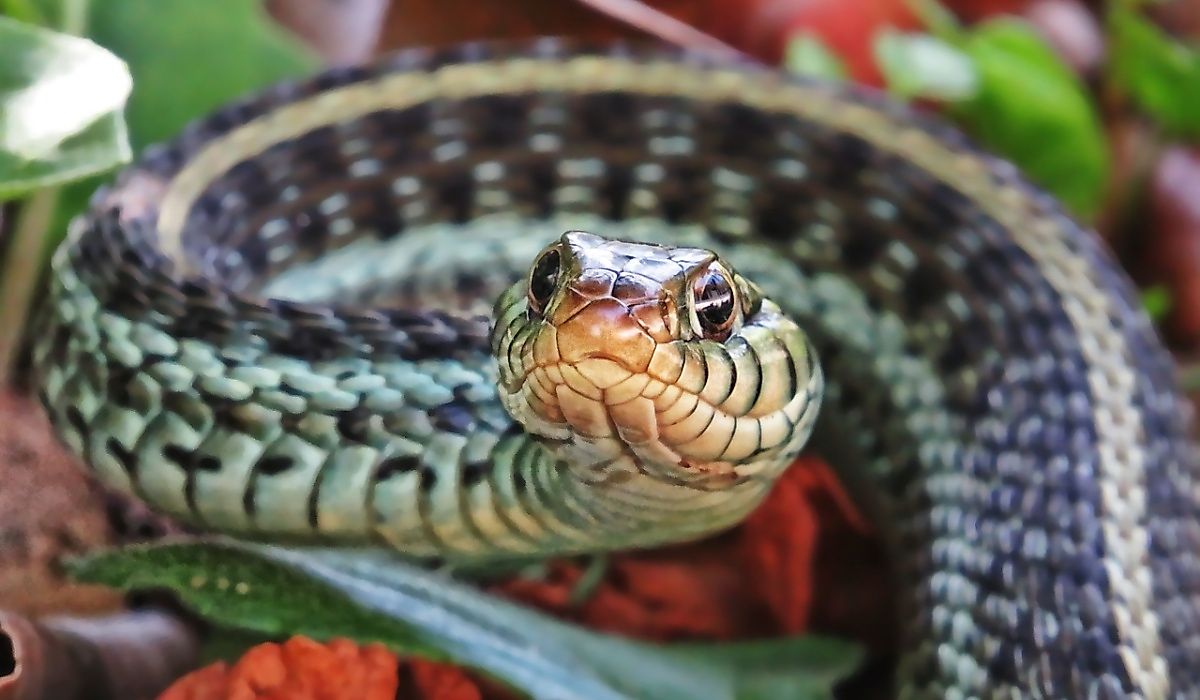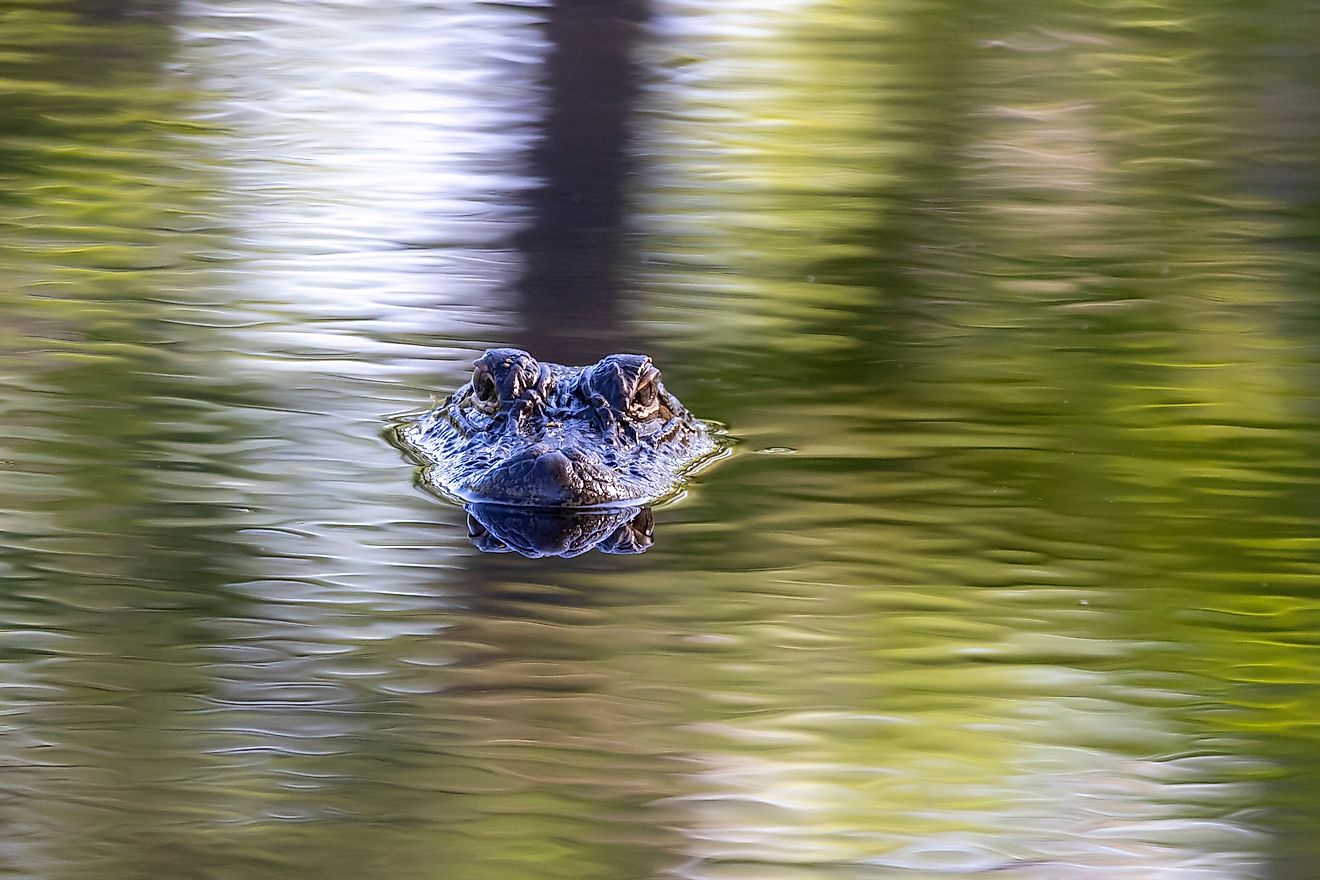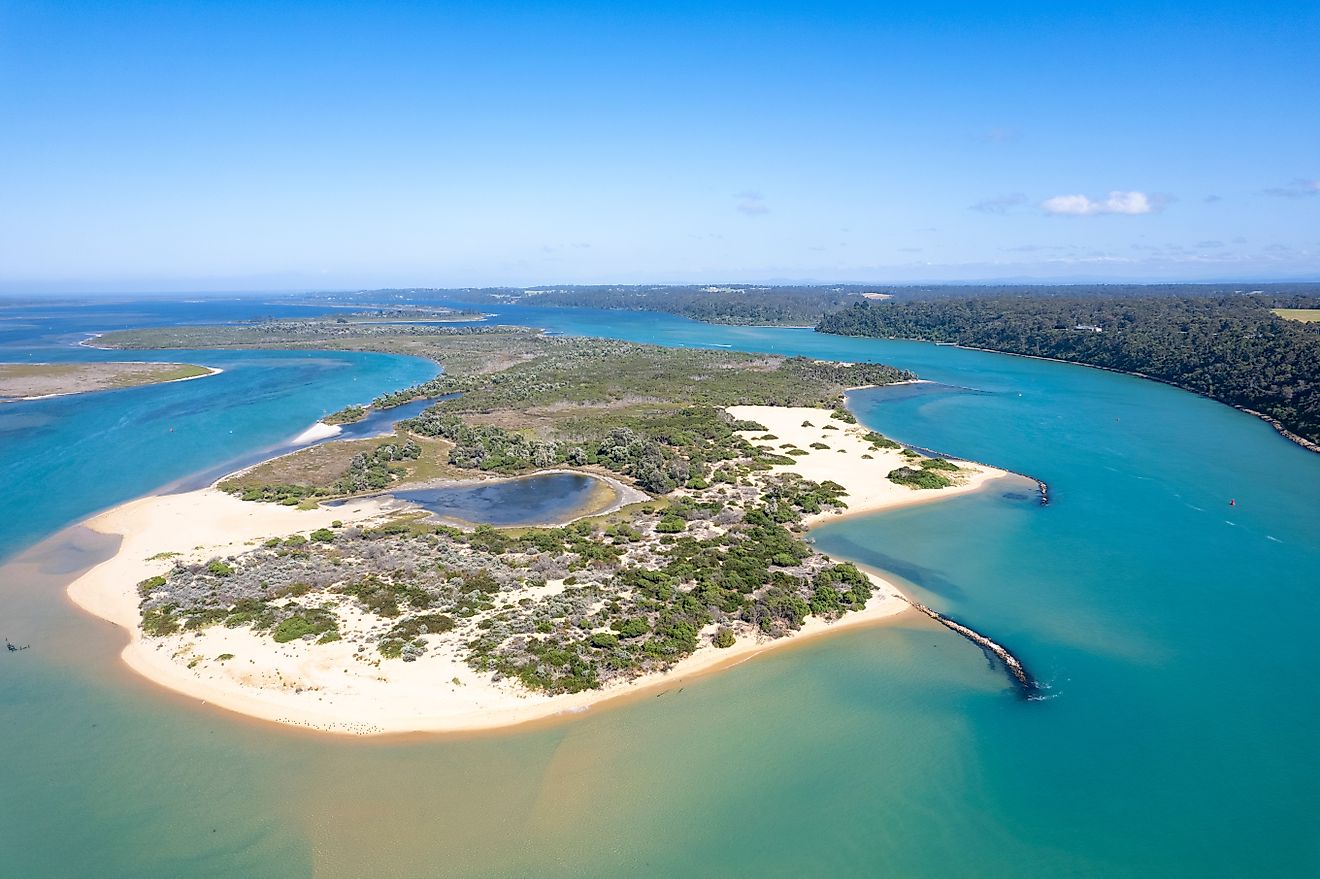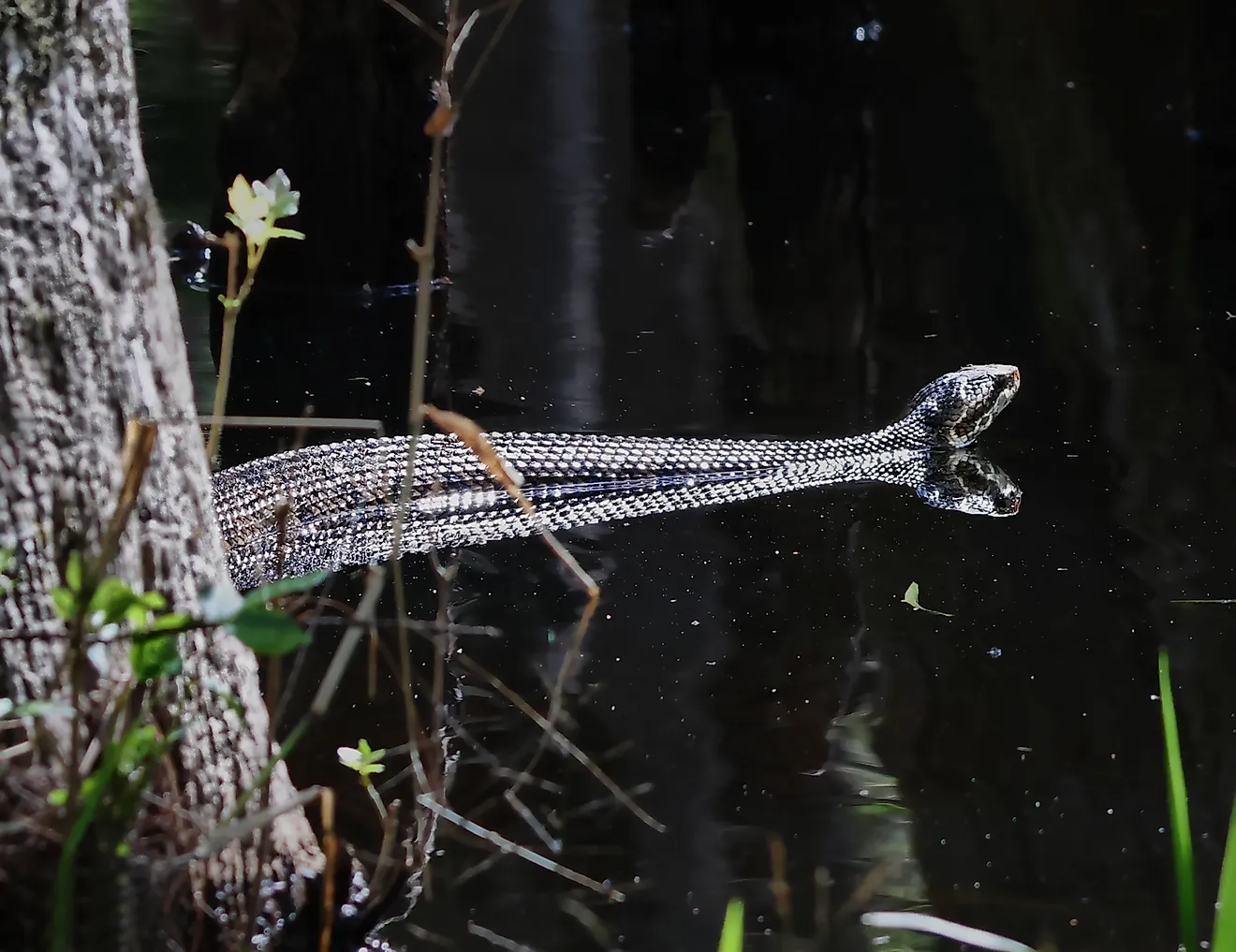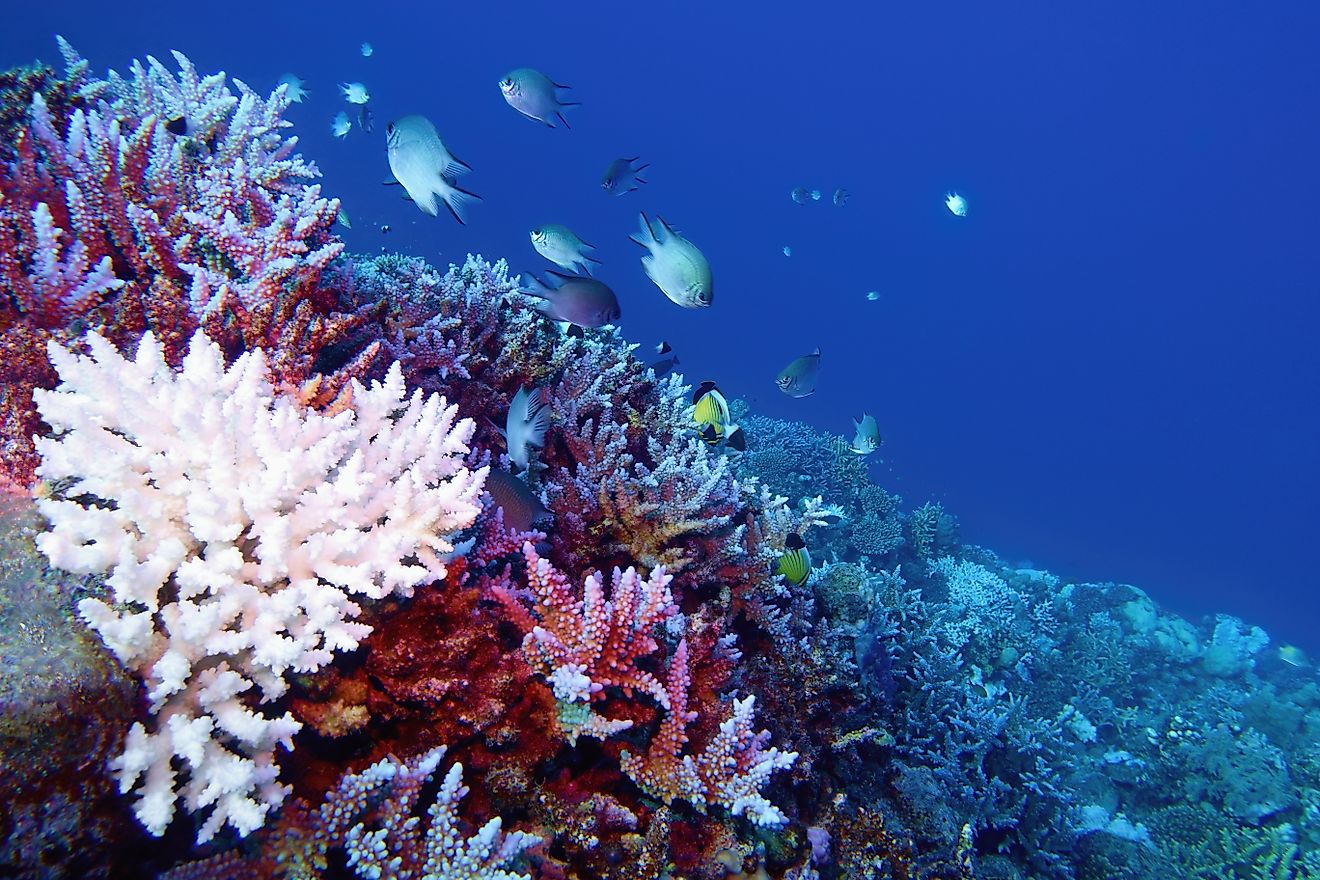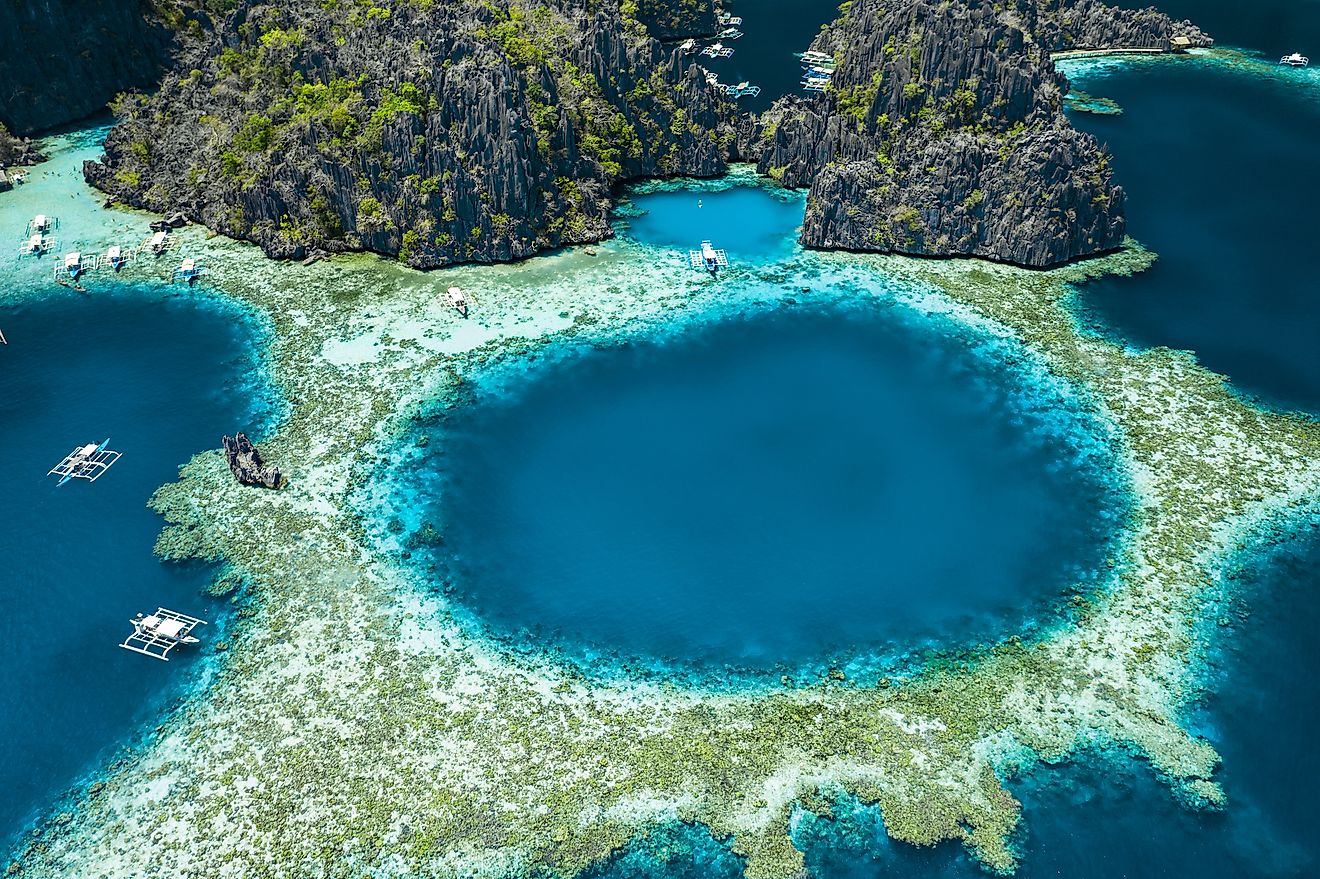
5 Of The Most Snake Infested Rivers In Illinois
The Prairie State is an apt nickname for Illinois, a vast land of open wilderness stretching for hundreds of miles in each direction. Save for the state’s urban centers like Chicago and Springfield, tourists and locals can find endless outdoor opportunities, from the Great Lakes shoreline to the cascading Ohio River. Along with people, animals also flock to these bodies of water, and rivers are among the most bustling hubs of wildlife in the state.
With approximately 500,000 acres of wetland ecosystems and numerous creeks, animals such as the painted turtle and monarch butterfly are commonly found, but so are some more dangerous residents. Snakes are one such group of reptiles that you need to watch out for, as four native snakes in Illinois are venomous. To make sure you know what to look out for when out and about near Illinois’s bodies of water, these are the most snake-infested rivers in the state.
Mississippi River

Stretching for 2,350 miles (3,780 km) throughout the United States and nearly 600 miles (965 km) along the border of Illinois, the Mississippi River is one of North America’s most prominent bodies of water. This river abounds with opportunities, running through the central U.S. with many major tributaries, including the Illinois River. To this end, many major communities and parks are dependent on the river, from the Mark Twain National Wildlife Refuge to the vast Shawnee National Forest. These areas are hubs for people, offering a variety of activities such as swimming, fishing, camping, and rock climbing.

Snakes are also drawn to these lush areas along the Mississippi, as the mix of water and greenery provides an ideal hunting ground. Areas like the Shawnee National Forest, in particular, are home to many snake species, including venomous names like the cottonmouth (Agkistrodon piscivorus) and the timber rattlesnake (Crotalus horridus). The former is one of America’s most venomous and one of the only semiaquatic vipers in the world. This species is very adept in the water, so it is best to keep an eye out for its dark coloration with around a dozen black crossbands. Most adults are between 26 and 35 inches (65 to 90 cm) in length and tend to live near water. If you do get close to one, it's best to back away slowly, especially if you see the cotton-like white inner mouth of this snake. This is because their cytotoxic venom can cause scarring and tissue damage.
Kaskaskia River
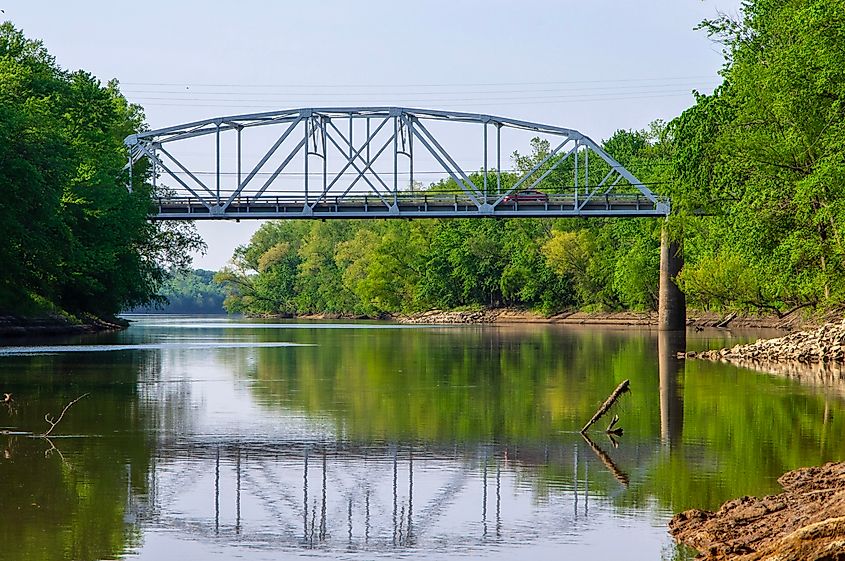
The Kaskaskia River is a tributary of the Mississippi River, but it is still one of the largest in Illinois. This river has a length of around 325 miles (523 km), flowing through the south-central part of the state. It is flush with farmlands, rolling hills, and hardwood forests, opening up a unique combination of landscapes for people and animals. There is also a dam along the river near Shelbyville, which created Lake Shelbyville, an 11,000-acre body of water with marinas, resorts, campgrounds, and more.
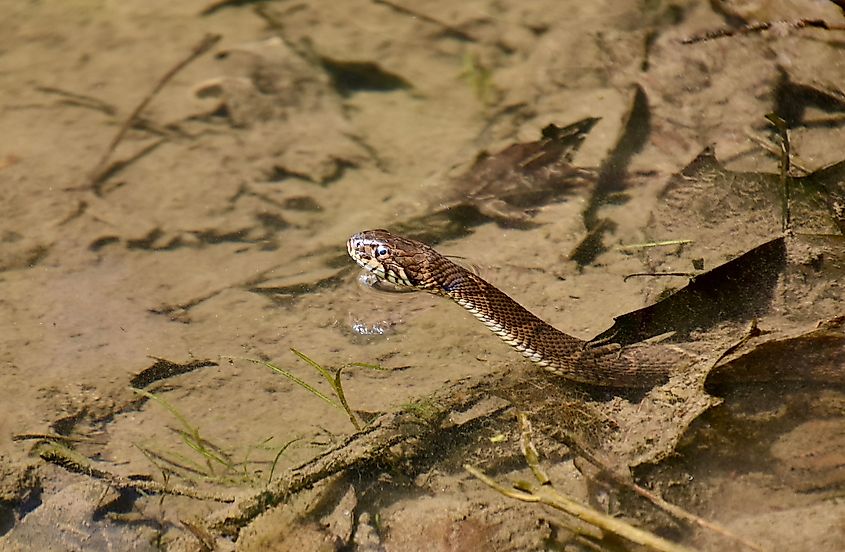
When it comes to snakes, the river is known to be a habitat for northern watersnakes. Also known as the common watersnake (Nerodia sipedon), this species of non-venomous snake is one of the best swimmers in the suborder Serpentes and has many special adaptations. They can dive underwater for many minutes, hunt fish in rivers, and have keeled scales that increase efficiency in water. While not venomous, these snakes are quite large, reaching up to 4 feet 5 inches (135 cm) in some cases. They also have a similar set of dark bands on a brown-black background as cottonmouths, so it's best to avoid any snakes with this pattern. Apart from the watersnakes, some sightings of the eastern massasauga rattlesnake (Sistrurus catenatus) have also been reported in the region.
Big Muddy River
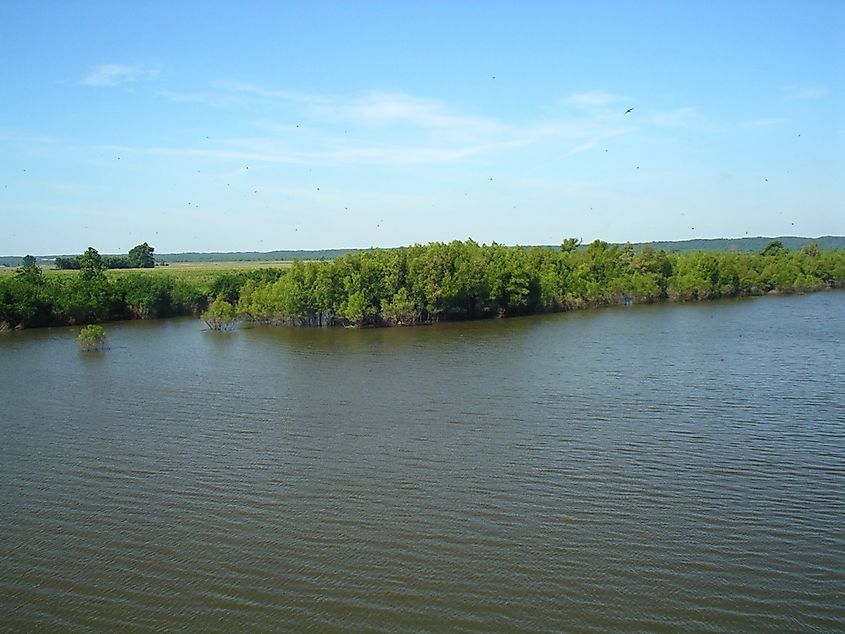
The Big Muddy River is one of the state’s smaller bodies of water, stretching for around 156 miles (251 km) through southern Illinois. It joins the Mississippi River, and as the name suggests, most of the river has a muddy bottom. While it may not be the largest on this list, the Big Muddy River has a large impact on the region, with a 2,344-square-mile (6,070 km2) watershed. Throughout this area, there are various diverse ecosystems, from the Shawnee Hills to Rend Lake, each opening up a new habitat for snakes. Thus, two species of snakes are commonplace in this river: the cottonmouth and the northern watersnake.
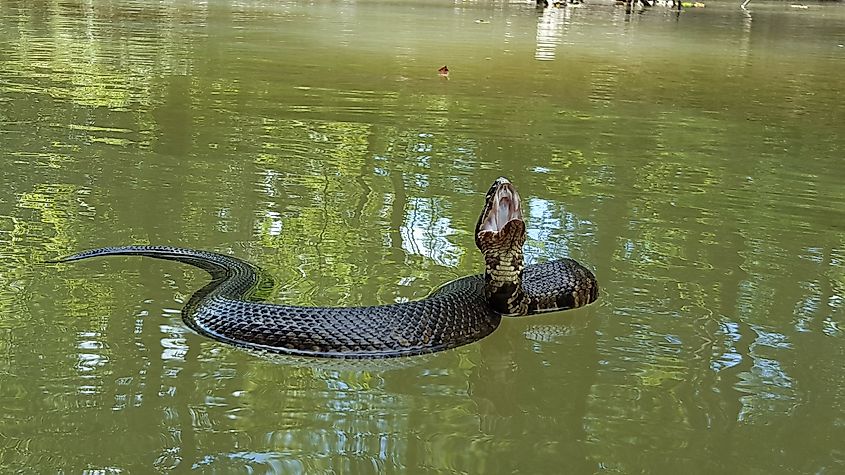
Both of these species are adept swimmers and share a dark coloration with darker crossbands. That said, one is venomous and one is not, so how do you tell them apart? Well, cottonmouths have a stockier build and a white mouth lining, and will also keep their whole body above water when swimming, unlike watersnakes, which only keep their heads out of water.
Cache River
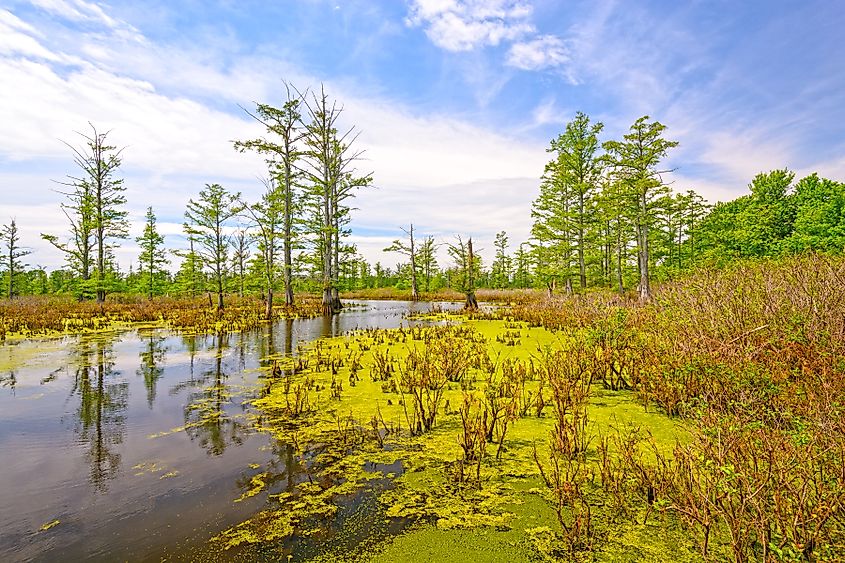
Flowing through southern Illinois, the Cache River winds across a maze of cypress swamps, oxbows, and floodplains that form one of the state’s richest wetland ecosystems. Flowing for about 92 miles (148 km), this river forms part of a region so ecologically rich that it was designated a Wetland of International Importance by the Ramsar Convention. To this end, wildlife abounds along the banks of the river, and snakes are known to infest this charming body of water.
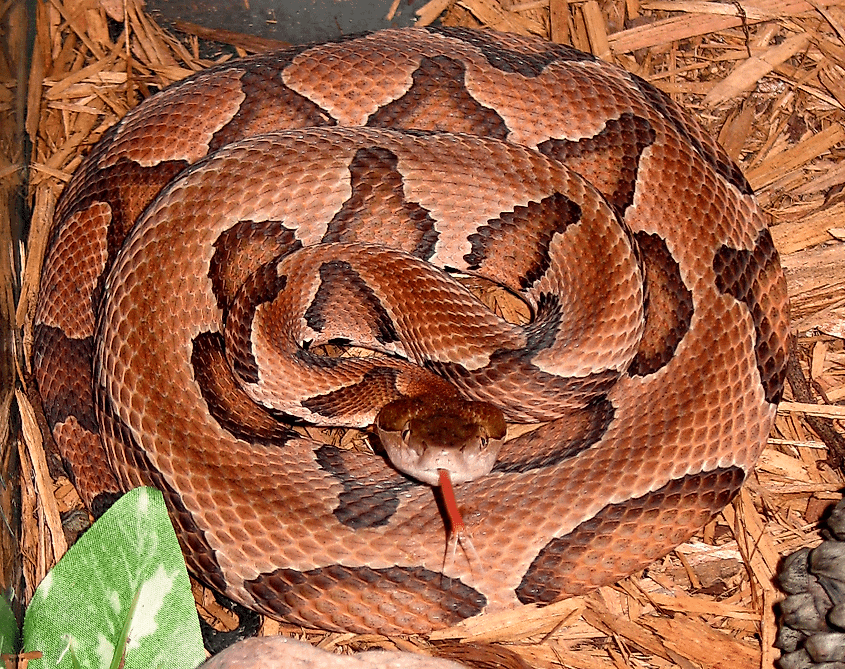
Among the most common are the cottonmouth, copperhead (Agkistrodon contortrix), and timber rattlesnake, three of Illinois’s four venomous snakes. The cottonmouth, often seen gliding across the dark water or coiled on sunlit logs, is especially at home in this environment. Nonvenomous species are just as abundant, with the southern watersnake being particularly common. This reddish-brown snake, marked with dark crossbands, can frequently be spotted near cypress roots or sliding through shallow water in search of fish and frogs. Though the Cache River’s swampy beauty attracts kayakers and hikers, it’s also a reminder to tread carefully. The snakes here are more interested in avoiding people than confronting them, quietly playing their part in a balanced ecosystem.
Wabash River
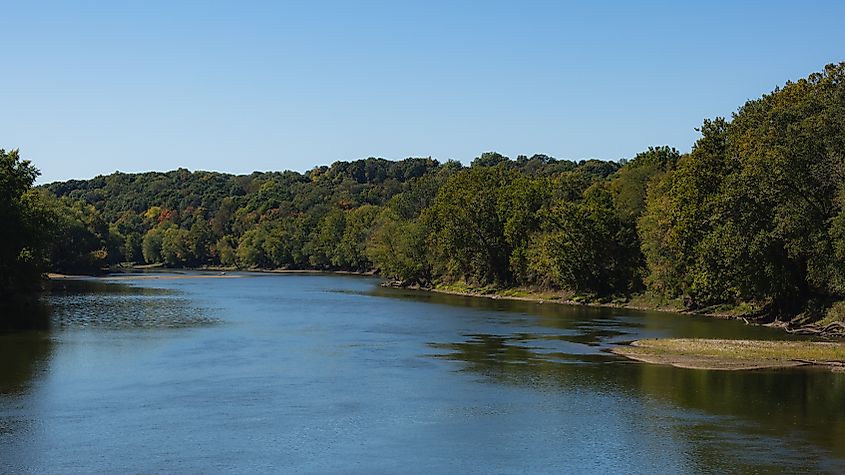
If you’re looking to meet the black kingsnake in Illinois, the Wabash River is one place you should visit. This 503-mile (810 km) long river flows through Illinois and Indiana, is the largest northern tributary of the Ohio River, and is deeply intertwined in the region’s history. French explorers first mapped it in the 1600s, and it was a major site for five colonial and frontier-era battles. Moreover, large ships traversed the water during the 19th century, as well as tons of agricultural activities along the shoreline. Today, it runs near cities like Allendale and Mount Carmel in Illinois, supporting people and wildlife, including over 150 species of birds. In the water, fish also thrive, with species like bass, crappie, and catfish found throughout.
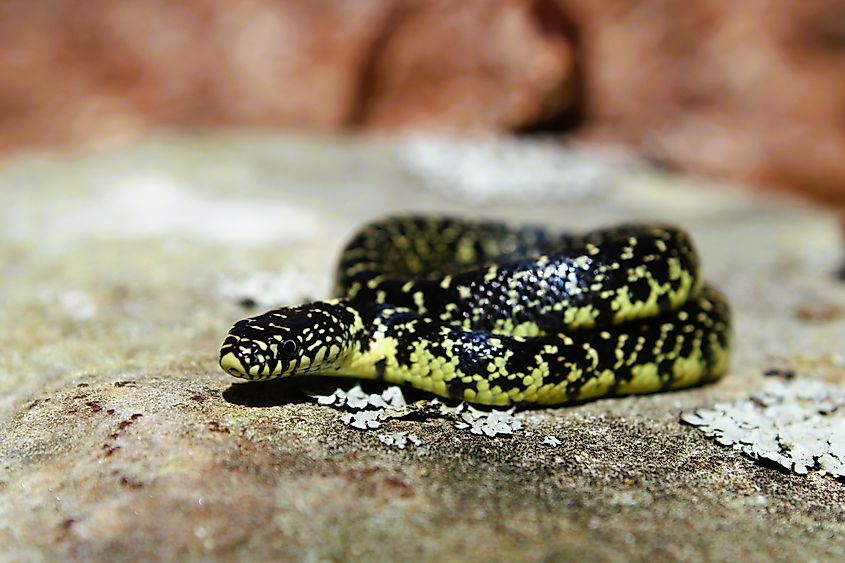
As for snakes, this is one of the few on this list where the black kingsnake (Lampropeltis nigra) is found in large populations. This snake boasts a black coloration with yellow or white spots and can reach lengths of up to 58 inches (147 cm). It tends to live near water and often hides under debris, boards, and vegetation. Moreover, they are active during the day and will eat copperheads and cottonmouths, so they technically reduce the chances of venomous bites. Apart from the kingsnake, the watersnake is also found near the Wabash River.
Watch For Snakes In And Around These Rivers In Illinois
Exploring Illinois’s rivers offers unforgettable scenery, but it also means sharing the landscape with the reptiles that call these waters home. From the cottonmouths gliding through southern swamps to the northern watersnakes hunting in quiet coves, each species plays a vital role in keeping these ecosystems healthy. By staying alert and giving wildlife space, hikers, boaters, and anglers can enjoy these rivers safely and responsibly. Respect the habitats, watch where you step, and you’ll discover why Illinois’s waterways remain such remarkable natural treasures.

